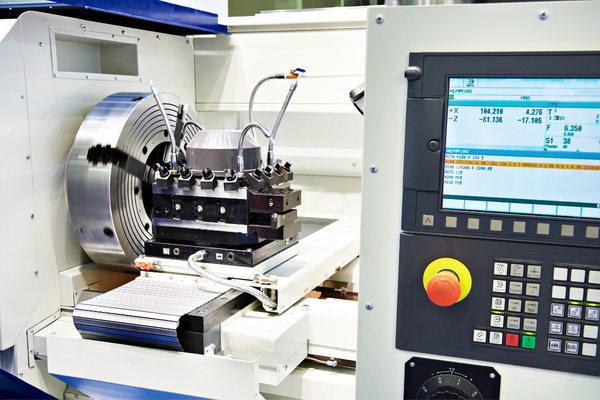Are you curious about how to improve the machine’s service after grinding? Do you want to know how to eliminate flash during your grinding processes? When cutting your parts for the end user, are you trying to improve your production output or overall efficiency? There are some specific methods and techniques that can be taken into consideration that can help refine the machine, improve production output and meet the needs of the end user.
Center Pressure
Center pressure is also known as center contact and is often used in conjunction with plunge grinding.
Center pressure is used when grinding small holes or narrow grooves that cannot be reached by conventional peripheral grinding. This allows these parts to be ground to their exact size without leaving any material behind. Center pressure can also be used when grinding deep holes without leaving an undercut.
Center pressure involves placing the cutting tool directly over the axis of rotation of the workpiece so that it bears against its surface as it rotates. The pressure exerted by this contact produces forces that remove material from the surface at high speeds, resulting in a polished finish and high accuracy in hole size and shape.

Speed of Wheel/Dress
Speed of Wheel/Dress: The speed at which the wheel or dress rotates determines the feed rate and finish of the cut. A slow speed gives a rough finish, and a high speed gives a smooth finish. There is no definite rule for selecting the speed of the wheel/dress. The choice depends on the type of workpiece and its hardness. Higher speeds are required for hard materials and low speeds for soft materials.
The feed rate is calculated by dividing the circumference of the grinding wheel by its diameter (mm).

RPM of Part During Grind
The RPM of a part during grinding depends on the spindle speed, feed rate, and depth of cut. The RPM is related to the spindle speed by a ratio, which is different for each machine. For example, a 10″ diameter wheel running at 3500 rpm will grind a part at 350 surface feet per minute (fpm). If you increase the spindle speed to 4000 rpm, the RPM drops to 300.
The formula for calculating RPM is:
RPM = Spindle Speed x Feed Rate / Circumference of Wheel
The circumference of a grinding wheel is calculated using this formula:
Circumference = 2 x Pi x Diameter

Pinch Point of Coolant Flow
It’s important to note that the pinch point of coolant flow is not the same as the pinch point of oil flow. The oil flow is controlled by the angle of the spindle nose and can be varied by changing the spindle nose to match your application. However, if you use a spindle with a flat face, it will still have a limited amount of “pinch” that can be created in its coolant passage.
The oil flow from a flat-faced spindle is limited by how much surface area is available for oil to flow over and lubricate the cutting tool. The coolant flows from a flat-faced spindle and is limited by how much surface area is available for coolant to wick over and prevent heat buildup in your part.
You can find these surfaces on many of our standard or custom tool holders.

Check your parts
The most common problem in the machining process is poor quality. Poor quality can result from several factors, including:
Incorrect setup or machining parameters
Use of worn or dull tooling
Improper cutting fluid
These factors may lead to various problems, including chatter, burnishing, and excessive heat.
If you suspect your parts are not coming out right, check them against the original specifications. It is most likely due to your machining process if they are within tolerance.

Conclusion
The secret to achieving a better service finish is simple: keep the honing guides, and replacement point backs clean. A quick honing guide and replacement point back enhance stability and help to reduce the buildup of particles during use. This will give you a better surface finish than you could achieve before. Your service grinders will be smoother, more productive, and easier to maintain.


